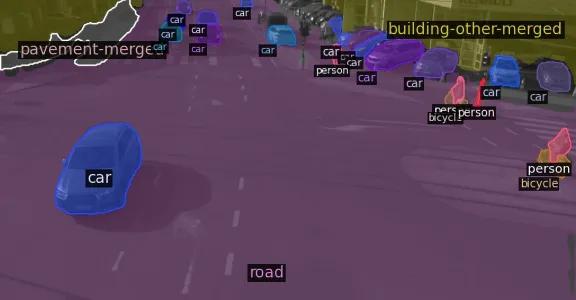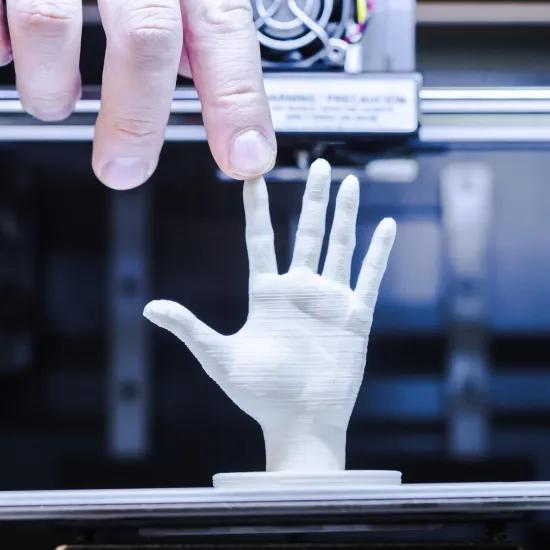As part of the ITEA MIRAI project, smart mobility company Macq has joined forces with Sirris to develop a state-of-the-art vehicle re-identification solution. The AI-enabled camera makes it possible to identify vehicles between multiple traffic cameras, without depending on license plates. In order to make this possible in a privacy-proof manner, the system makes use of lightweight data processing at the edge.
For the MIRAI project, which is funded through the ITEA Eureka cluster program and Innoviris - the Brussels-Capital Region, Sirris has formed a consortium with Brussels-based companies 3E, Shayp and Macq. The overarching goal is to explore a comprehensive framework for distributed intelligent devices and develop smart, sustainable, and privacy-sensitive solutions. One of the areas of exploration is traffic management. Here, the consortium focused on improving pedestrian safety via next-generation cameras that integrate edge AI to predict dangerous situations.
Eyes on the road
The Macq cameras use a configurable and modular pipeline that optimizes resources. This detection pipeline has been extended with an Event-to-Action framework that can handle specific use cases, e.g., early warnings of over-height vehicles and ‘Don’t Block the Box’ monitoring of intersections. The latter refers to efforts to keep intersections and crosswalks free of vehicles during traffic light changes.
The smart mobility cameras and framework can:
- process footage and recognize vehicles within the camera itself, reducing communication bandwidth and ensuring privacy;
- re-identify vehicles across cameras without relying on license plate information, allowing accurate calculation of origin/destination matrices;
- improve road safety through path prediction and anomaly detection, with a special focus on vulnerable road users.
Moreover, the new framework has less boilerplate code, better real-time behavior, and extra modularity. As a result, users benefit from a simple GUI to create straightforward Event-to-Action chains.
Sirris at the wheel
“Sirris helped us to formalise the requirements and did an important job on collecting the state of the art. We would recommend working together with Sirris. They can guide you through the process of cooperative European research projects” says Geert Vanstraelen, Head of the R&D at Macq. “They also have the technical skills to participate as a full partner in the project, with access to a large company network in Belgium and academic relations across Europe. The small, dedicated team could easily be scaled up when required as well. This is invaluable when setting up a research project that goes from proof of concept to prototype demonstration.”
“As is often the case in these kinds of projects, one of the main challenges was generating a large enough dataset. Sirris wasted no time finding the relevant open-source data sets, so we could get started immediately.”
On a path to safety
Like most ITEA projects, MIRAI ran for three years. The traffic management use case clearly showcased the viability of edge computing for complex tasks like vehicle re-identification. Furthermore, the ability to re-identify vehicles without using license plate information can be useful in other use cases where objects without clear identifiers need to be tracked, or to accurately track vehicle flow. But the most important result of the project is that understanding vehicle movements, especially near vulnerable road users, allows proactive safety measures to save lives.
Our experts for this innovation project
Annual Report 2023: Another year of innovation!In 2023, we didn't just adapt, we innovated and elevated! From boosting innovation services to diving deep into energy transition and manufacturing, we've been busy. We completed over 1.200 innovation projects and highlighted 13 industrial cases in the annual report. And let's not forget our leap into Generative AI, which is a game-changer. |





